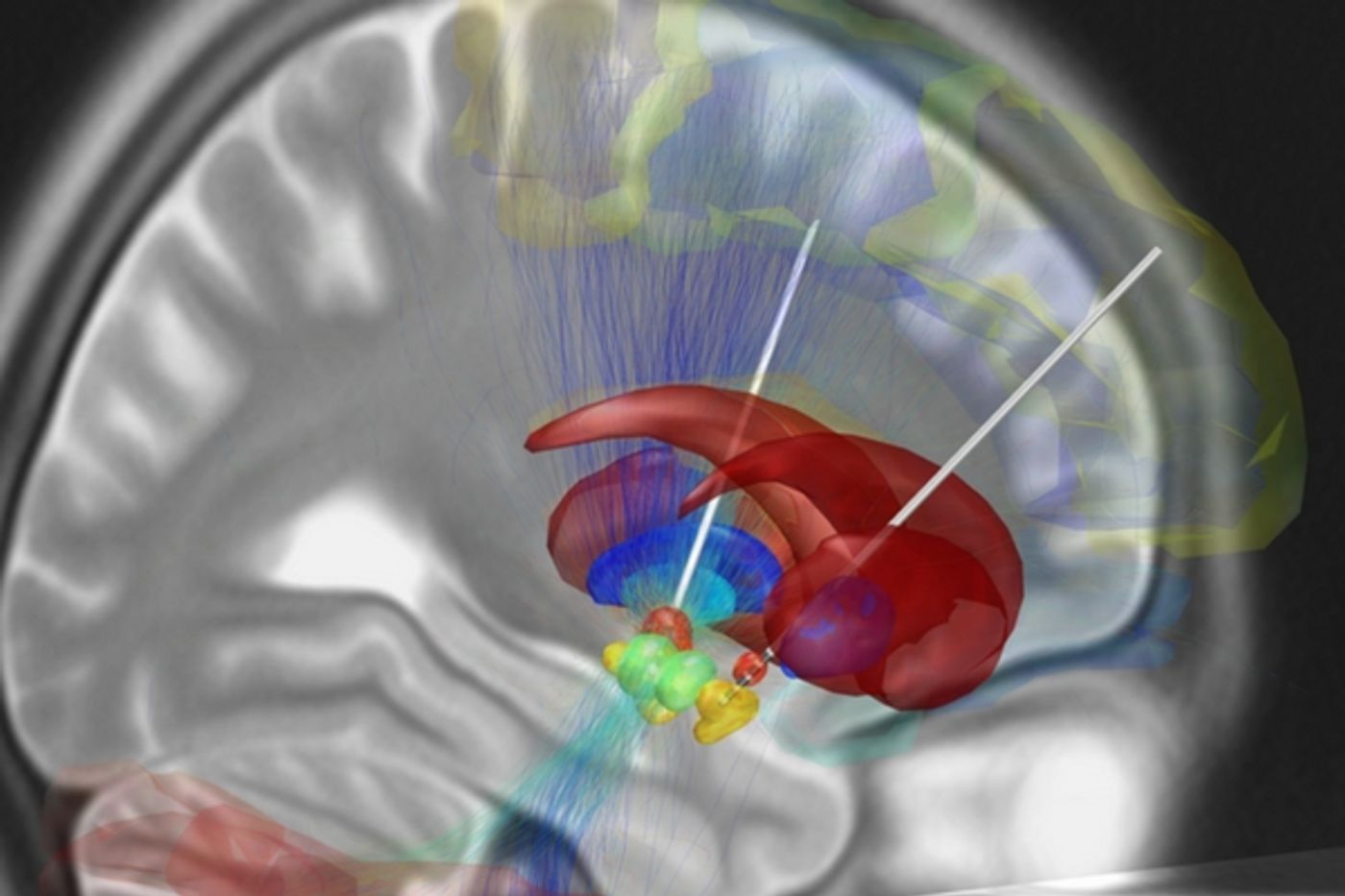A New Form of Brain Stimulation for Parkinson's Patients
Parkinson’s disease (PD) is a blow to patients who must live with the gradual deterioration it causes and to those that care for them. The progress of the disease is slow and early symptoms like fatigue and stiffness are not picked up on right away. Problems with memory or becoming more awkward with walking or handling objects are often attributed to growing older. Once the disease takes hold, patients lose a great deal of their abilities. Tremors can impact working, daily activities and even eating. Speech problems make it hard to be understood. Eventually due to muscle rigidity and nerve damage, patients lose the ability to walk or talk at all.
Dr. John T. Slevin, a specialist at UK HealthCare's Kentucky Neuroscience Institute stated, "There is no cure for Parkinson's, and treatments we currently have at our disposal can only reduce symptoms. The disease progression inevitably overcomes the drugs' capacity to alleviate the rigidity and tremor that are hallmarks of Parkinson's." Slevin’s patient, Bill Crawford from Lexington Kentucky, was referred to a colleague, Dr. Craig Van Horne, for a study involving Deep Brain Stimulation, or DBS.
DBS is a surgical procedure used to treat tremors and other symptoms that are associated with Parkinson’s disease. It works by trying to disrupt electrical signals in the brain that are believed to be involved with muscle tremors and spasms. Electrodes are implanted into the brain and they are then connected to a small device implanted in the chest wall muscle, much like pacemakers in cardiac patients. Electrical impulses are sent from the unit to the brain as an effort to override the brain’s misfiring electrical signals and hopefully reduce tremors and spasm.
Crawford was anxious to try DBS since his work as a music pastor as his church was being severely impacted by the disease. Some Parkinson’s patients cannot tolerate the surgery or have other medical conditions that would preclude using electrical stimulation. Dr. Van Horne is currently conducting a study on the use of what is being called DBS Plus. Nerves throughout the body, called the peripheral nervous system, can regenerate to a certain extent when damaged by injury or disease. The same is not true of the central nervous system, which is just the brain and spinal cord. Tissue in the CNS cannot regenerate. DBS Plus is being studied because it goes a step further for treating Parkinson’s. Nerve tissue from another part of the body, in Crawford’s case his ankle, is implanted in the brain, as a graft, to see if it can essentially “kick start” the regrowth of damaged tissue.
Van Horne explained, "Our study is designed to test whether taking a small part of peripheral nerve tissue and putting it in the brain would prompt healing in the areas of the central nervous system damaged by Parkinson's." There is no danger of rejection since the tissue is from the patient’s own body and the DBS procedure is FDA approved and has been in used for quite some time. Crawford underwent the procedure in August of last year and the improvement for him has been dramatic. He takes only two pills a day, down from a high of twelve per day and is able to do more in his job and daily life. So far 34 patients have undergone DBS Plus. Half of them are over 12 months post-procedure and 65% of those patients have shown significant improvement in their symptoms and disease progression. van Horne is cautiously optimistic and stresses that a larger study group and a longer study period will be needed to really see if the treatment can work well for the majority of patients. Check out the research video below to see the before and after for patient Bill Crawford, it’s an amazing result that hopefully more patients will get to experience.
Sources: University of Kentucky , Courier Journal, Parkinson’s Disease Foundation









